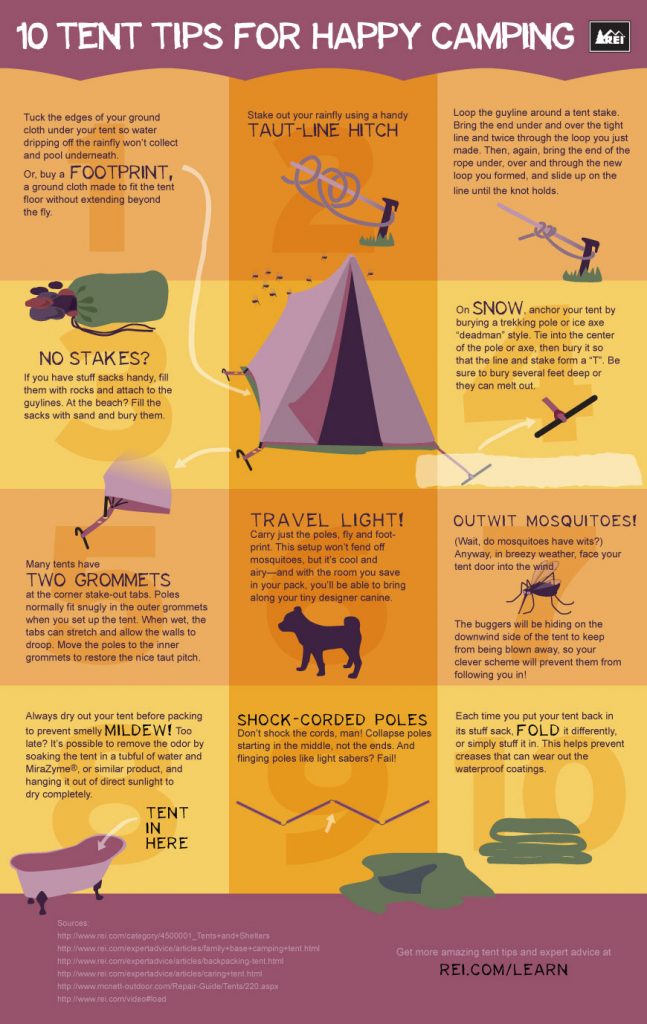Best Approaches To Sell Camping Tents And Operate An Online Camping Tents Company
Best Approaches To Sell Camping Tents And Operate An Online Camping Tents Company
Blog Article
Just how to Establish a Tent
A tent isn't as difficult to set up as it may appear. With technique, it can be carried out in about 10 minutes or less.
Is glamping a real thing?
Initially, expanded the groundsheet or tarpaulin. Next, put together the tent poles (most are folded up and held together by shock cable.) Each end suits a slot on the tent or via plastic clips that break on the ends.
Place
Picking the right place for your tent is essential to a comfy outdoor camping experience. It's important to pitch your tent in a location that is devoid of rocks, branches and other trip hazards. Additionally, you ought to choose a location that is faraway from food preparation and bathroom locations to avoid the smoke of campfires and various other campsite tasks from wandering right into your tent.
In addition, you ought to look for a level place that is at the very least as large as your outdoor tents. It's also a great idea to lay down a ground cloth to secure your tent from tripping and other problems.
If you do not have risks, pare some branches to make them enough time to anchor your outdoor tents. Alternatively, you can utilize damaged tree branches. These are usually stronger than the sticks that feature your camping tent. If possible, it's finest to exercise setting up your camping tent at home before your journey to ensure you recognize how to do it appropriately.
Poles
Typically, outdoors tents have either one pole for each and every end that create a triangle or several tiny, straight tent posts. Some tents also have a rainfly that supplies added security from wind and rain. camping music festivals Examine the camping tent's guidelines for details on exactly how to set up the posts and the rainfly.
Locate a flat place that is large sufficient for your camping tent, without sharp rocks and branches and low areas where water can accumulate. Put down the impact or ground cloth and set up the tent body, matching each corner of the outdoor tents to the edge of the footprint.
After that fit the camping tent posts right into their sleeve or clip at their link factors in the outdoor tents fabric and increase the tent. Tie down the outdoor tents with ropes or risks, depending on your camping site surface. Take into consideration making use of shock cable such as dyneema core rather than routine cable at risk points as it has much less stretch and holds the camping tent more well.
Rainfly
Before you pack up, if it's not drizzling, sanctuary your backpack and any kind of outside stuff pocket from the climate to keep your equipment dry. Also, if the outdoor tents is wet and you're leaving in the rain, shield it as high as possible (under your pack or a tree).
Before you begin putting away your tent, take a minute to lay down a ground cloth or footprint (optional). This will certainly assist keep dirt and particles from getting inside the outdoor tents where you'll rest. It will also give additional insulation from the cold.
Individual Lines
Now that you've reviewed and adhered to the instructions, popped in your camping tent posts and got your rainfly in place (and it looks like a camping tent), it's time for the man lines. Like a ship needs anchors, your outdoor tents requires these extra support lines to guarantee architectural stability despite wind and other weather condition components.
Many outdoors tents have little loops, called man loopholes or guy line loops (some rainflys additionally have grommets), that you can use to tie the individual line to. Otherwise, you can additionally make use of a larks foot or hangman's noose knot to attach the complimentary end of the line to a risk or other anchor. Make sure your support is pushed in at a 45-degree angle, to raise the resistance to pressures pulling on the man line. The tension on the lines need to be limited enough to maintain tent shape and stability, but not so limited that it puts tension on the camping tent material or seams.
